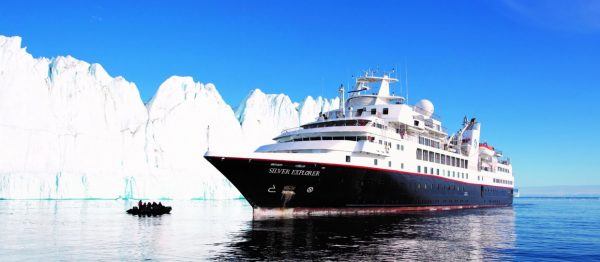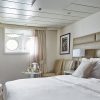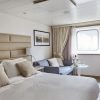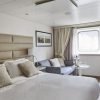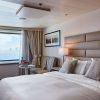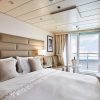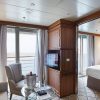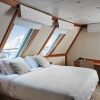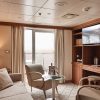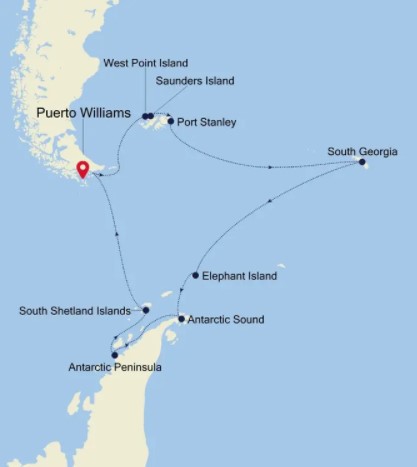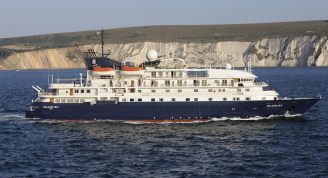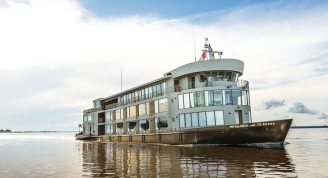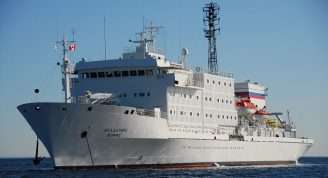Description
The heart of Antarctica beats loudly on this voyage. In a region that is know for being the final frontier, this voyage give you a holistic taste of the continent at end of the world. With our Expedition team to help you on Zodiac cruises, educate you on the plant life, geology, history and very different personalities of each destination, as well as answer any burning questions, this voyage brings off the beaten track a little bit closer.
Trip Name
Antarctica & South Georgia from Puerto Williams with Silversea
Days
19
Overview
Vessel Type: Luxury Expedition
Length: 108 metres
Passenger Capacity: 144
Built / refurbished: 1989 / 2008 / 2018
Silversea’s purpose-built luxury Silver Explorer expedition cruise ship has been designed specifically for navigating waters in some of the world’s most remote destinations, including both of earth’s polar regions. A strengthened hull with a Lloyd’s Register ice-class notation (1A) for passenger vessels enables the Silver Explorer Expedition Cruise Ship to safely push through ice floes with ease. A fleet of 12 Zodiac boats allows Silversea Expedition guests to visit even the most off-the-beaten path locations and an expert Expedition Team provides insight and understanding to each unforgettable Silver Explorer luxury cruise adventure.


